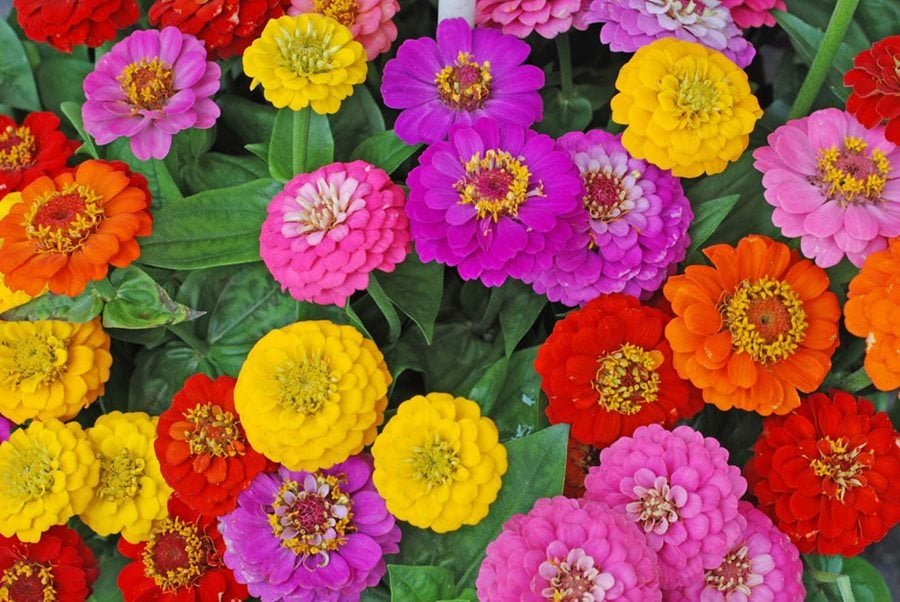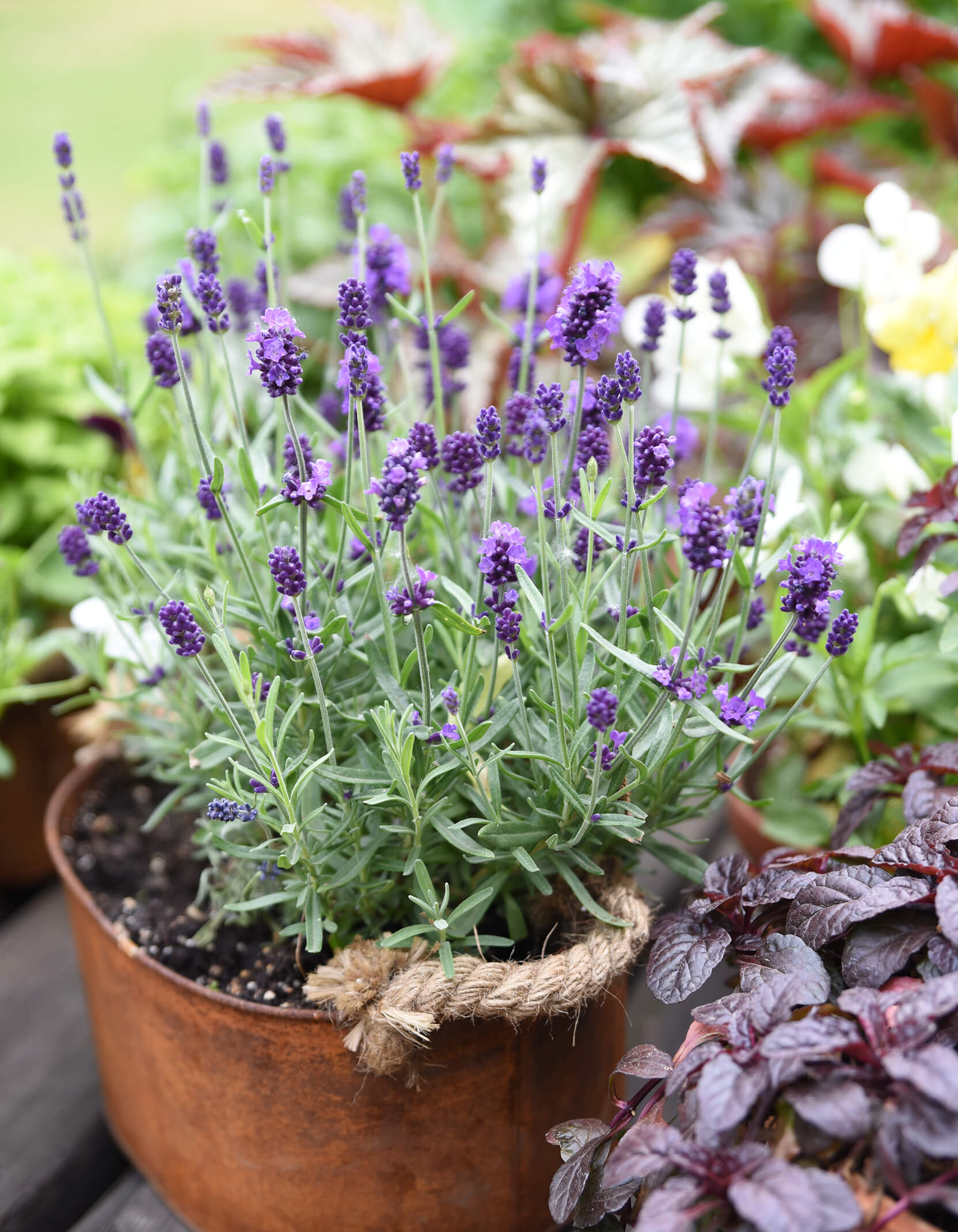The Best Companion Plants For Gladiolus: Make Your Garden Pop
The Best Companion Plants for Gladiolus: Make Your Garden Pop
Gladiolus are a beautiful and versatile flower that can add a touch of elegance to any garden. But did you know that companion planting can help to enhance their beauty even further? By planting gladiolus with the right companion plants, you can create a more visually appealing garden, attract pollinators, and even help to deter pests.
In this blog post, we will discuss the best companion plants for gladiolus. We will also provide tips on how to plant and care for these plants together. So whether you are a beginner gardener or a seasoned pro, read on for all the information you need to create a stunning gladiolus garden.
Why Companion Plant Gladiolus?
There are many benefits to companion planting gladiolus. Here are a few of the most important:
- Enhanced beauty: Companion plants can help to create a more visually appealing garden by adding different colors, textures, and heights. For example, you could plant gladiolus with tall delphiniums or shorter petunias to create a beautiful cascading effect.
- Attract pollinators: Gladiolus are a magnet for pollinators, such as bees and butterflies. Companion plants that also attract pollinators can help to create a more biodiverse garden.
- Deterrent pests: Some companion plants can help to deter pests that are attracted to gladiolus. For example, marigolds are known to repel nematodes, which can damage gladiolus roots.
- Improved soil health: Companion plants can help to improve soil health by adding nutrients and organic matter. This can benefit gladiolus and other plants in your garden.
Choosing the Right Companion Plants
When choosing companion plants for gladiolus, there are a few things to keep in mind. First, you want to choose plants that have similar growing conditions. Gladiolus need full sun and well-drained soil. So, you will want to choose companion plants that also prefer these conditions.
Second, you want to choose plants that will complement the colors of your gladiolus. If you have bright red gladiolus, for example, you might want to choose companion plants with softer colors, such as lavender or white.
Finally, you want to choose plants that will help to attract pollinators or deter pests. If you are concerned about pests, you might want to choose companion plants that are known to repel them, such as marigolds or yarrow.
Here are a few of the best companion plants for gladiolus:
- Zinnia: Zinnias are a great choice for companion planting with gladiolus because they have similar growing conditions and complement each other's colors. Zinnias come in a wide variety of colors, so you can find ones that will match your gladiolus perfectly.

- Dahlia: Dahlias are another great choice for companion planting with gladiolus. They are both tall, colorful flowers that will add a touch of elegance to your garden. Dahlias also attract pollinators, so they can help to improve the biodiversity of your garden.
- Marigold: Marigolds are known to repel nematodes, which can damage gladiolus roots. They also attract pollinators, so they are a great choice for companion planting with gladiolus.

- Lavender: Lavender is a beautiful, sweet-smelling herb that is a great companion plant for gladiolus. It helps to improve soil health and attracts pollinators.

- Yarrow: Yarrow is another herb that is a great companion plant for gladiolus. It helps to repel pests and attracts pollinators.

Planting and Caring for Gladiolus with Companion Plants
Once you have chosen your companion plants, you can plant them together in your garden. When planting, be sure to follow the instructions on the plant tags.
Here are a few tips for caring for gladiolus with companion plants:
- Water regularly, especially during hot, dry weather.
- Fertilize every few weeks with a balanced fertilizer.
- Stake the plants as they grow to prevent them from toppling over.
- Deadhead spent flowers to encourage more blooms.
Conclusion
Companion planting is a great way to enhance the beauty, attract pollinators, and deter pests from your gladiolus garden. By following the tips in this blog post, you can create a stunning gladiolus garden that will be the envy of your neighbors.
Gladiolus are beautiful flowers that can add a touch of elegance to any garden. But did you know that there are certain plants that can help to improve their growth and flowering? These are known as companion plants, and they can provide a number of benefits, such as attracting pollinators, deterring pests, and improving soil health.
Some good companion plants for gladiolus include:
- Zinnias: These bright flowers attract butterflies and other pollinators, which can help to improve the pollination of your gladiolus flowers.
- Dahlias: These tall flowers provide a backdrop for the shorter gladiolus stems. They also have similar soil requirements, so they can be planted together without competing for nutrients.
- Sunflowers: These towering flowers can help to shade the gladiolus roots, which can help to prevent them from drying out.
- Cleome: This spiky flower attracts beneficial insects, such as ladybugs and lacewings, which can help to control pests.
If you're looking to improve the growth and flowering of your gladiolus, I recommend checking out Garden Wiki. This website has a wealth of information about companion planting, including a list of specific plants that are good for gladiolus.
FAQ of companion plants for gladiolus
Question 1: What are some good companion plants for gladiolus?
Answer: Some good companion plants for gladiolus include:
- Dahlias
- Zinnias
- Cosmos
- Scabiosa
- Daylilies
- Roses
- Sunflowers
- Yarrow
- Lavender
These plants all share the same growing conditions as gladiolus, so they will thrive when planted together. They also have different bloom times, so you will enjoy a long season of color in your garden.
Question 2: What are the benefits of planting companion plants with gladiolus?
Answer: There are several benefits to planting companion plants with gladiolus. First, companion plants can help to deter pests and diseases. For example, marigolds are known to repel nematodes, which can damage gladiolus bulbs. Second, companion plants can help to improve the soil quality. For example, beans and peas fix nitrogen in the soil, which can benefit gladiolus plants. Third, companion plants can help to attract pollinators, which will help to pollinate the gladiolus flowers.
Question 3: How far apart should I plant gladiolus and their companion plants?
Answer: You should plant gladiolus and their companion plants about 6-8 inches apart. This will give the plants enough room to grow and thrive.
Question 4: When should I plant companion plants with gladiolus?
Answer: You should plant companion plants with gladiolus at the same time you plant the gladiolus bulbs. This will give the plants a chance to establish themselves before the gladiolus flowers bloom.
Question 5: How do I care for companion plants with gladiolus?
Answer: Companion plants should be cared for in the same way as gladiolus plants. This means watering them regularly, fertilizing them as needed, and controlling pests and diseases.
Image of companion plants for gladiolus
- Zinnias: Zinnias are a great companion plant for gladiolus because they have similar growing requirements. They both need full sun and well-drained soil. Zinnias also attract butterflies and other pollinators, which can help to improve the pollination of your gladiolus plants.

- Dahlias: Dahlias are another good companion plant for gladiolus. They both have tall, showy flowers that can be used to create a dramatic display in your garden. Dahlias also come in a wide variety of colors, so you can choose ones that complement the colors of your gladiolus plants.
- Sunflowers: Sunflowers are a tall, upright plant that can help to provide structure and height in your garden. They also attract birds and other wildlife, which can help to keep your garden pest-free.

- Coneflowers: Coneflowers are a hardy perennial that can add a touch of color to your garden throughout the summer. They are also deer-resistant, so you don't have to worry about them being eaten by pests.
- Verbena: Verbena is a low-maintenance plant that can add a splash of color to your garden. It is also drought-tolerant, so you don't have to worry about it too much during the summer months.

Post a Comment for "The Best Companion Plants For Gladiolus: Make Your Garden Pop"